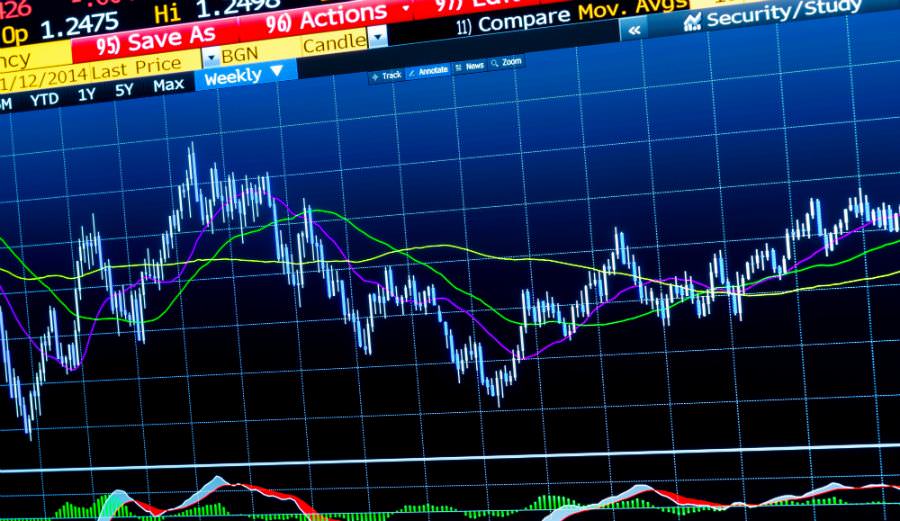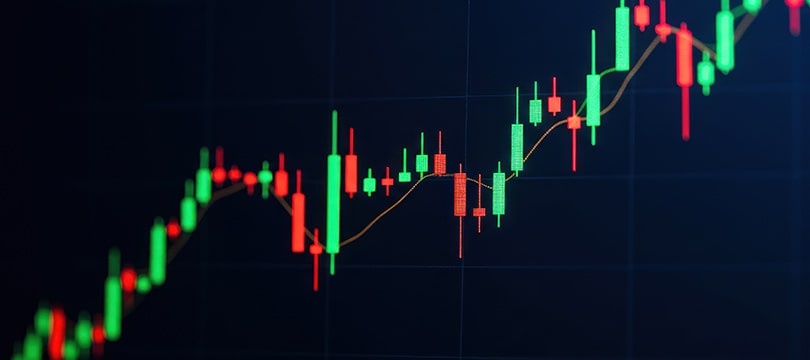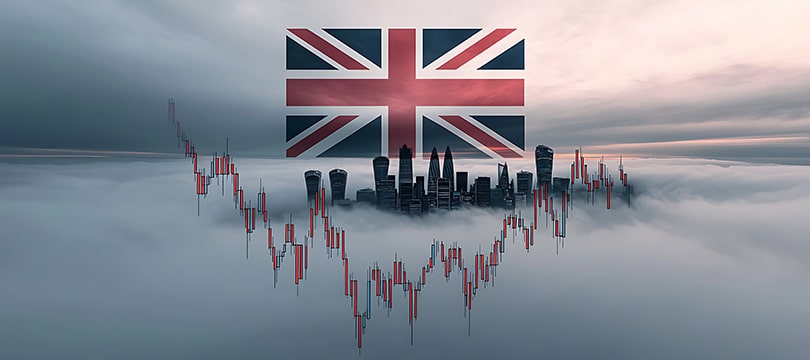What is Spread Trading?
Spread Trading is a strategy based on the concept of spread. However, it is important not to fall into the error of considering the spread in its most popular meaning at the moment. The spread referred to in this strategy is not the difference between the bid and ask, nor the "fee" that market maker brokers charge traders. In fact, it is not even the spread as it is understood in the macroeconomic field, i.e., the difference between the interest paid on ten-year debt securities by Italy, or any other country, and those paid by Germany. So, what spread are we talking about? Quite simply, the difference in terms of profit generated - eventually - by two positions related to two different assets. To understand this last statement, it is necessary to take a step back and explain what Spread Trading consists of. The "spread trader" identifies two negatively correlated assets, i.e., assets that produce opposite results. When one asset increases in price, the other asset decreases in price and vice versa. They open a long position on one and a reserve position on the other, but in the opposite direction, i.e., short. If all goes well, and the first position is successful, the trader makes a profit. Obviously, they earn the difference between the surplus generated by the first position and the loss generated by the second position. However, if the position does not go well, they obviously incur a loss. However, this is partially offset by the reserve position, which, given the negative correlation, has been successful. This demonstrates what the "Spread" in Spread Trading is, the difference between the results of the two positions. In the first case, you profit from the difference. In the second case, you lose from the difference. Why practice Spread Trading? There are two reasons. The first is the possibility of implementing a safety mechanism, at the cost of sacrificing a small portion of the profits. Even when the main position fails, the trader still significantly limits the damage. The second reason is the possibility of profiting even when the market is in a downward trend. In fact, the example we presented also applies in reverse, i.e., when the main position is short and the secondary position is long.What is Needed to Practice Spread Trading?
It is not always possible to practice Spread Trading. In fact, specific conditions must be met.- Low volatile market. It's not that Spread Trading is completely incompatible with volatility. Quite simply, it is necessary that it is not excessive, or that it is not such as to upset the balance given by the correlation. As with all strategies, "a little" volatility could even be beneficial. Obviously, practicing Spread Trading is very complex in some specific markets, such as the crypto market and in certain segments of the stock market.
- Well-established correlations. Obviously, there is no Spread Trading without correlations. Correlations are essential for Spread Trading. If the two positions were not tailored to two correlated assets, it would not be possible to implement the safety mechanism that allows the trader to safeguard their activity from failed trades.
- Moments of relative calm outside the market. It is necessary not only that there is not much volatility but also that the market is not disrupted by external market movers. In that case, the correlation dynamics could be disrupted.
Why Spread Trading in Forex?
As we specified at the beginning, Spread Trading and Forex go hand in hand. It may not be the 100% perfect environment for those who want to practice this strategy, but it's close. The reasons are as follows.- Forex is volatile... But not that volatile. Forex is certainly not known for the "flat calm" of its quotes. However, it is worth noting that it is not as volatile as many other markets, such as the stock or crypto markets. Therefore, it is potentially fertile ground for Spread Traders.
- Correlations are numerous and very strong. This is certainly a positive trait. Correlations in Forex are very present. They exist for technical reasons and are also linked to the economies that the currency pairs refer to.
- It is open 24 hours a day. Typically, Forex is a market that is very susceptible to external events. Therefore, it should not be possible to do "serene" Spread Trading without fearing that correlations will "jump" due to the tail swings of this or that market mover. Fortunately, Forex is open always, even when market movers cannot do harm. Many traders prefer to do "spread" precisely in those time frames.
What Skills are Needed to Practice Spread Trading?
Explained in these terms, Spread Trading seems like a piece of cake. In reality, it requires some specific skills from traders.- Knowing the assets very well. This is obvious: without awareness of the characteristics of the assets, it is impossible to reason about correlations.
- Being aware of hourly fluctuations. This knowledge is also important, precisely because of the risk of encountering situations where, due to an extra-market event, the correlation dynamics are set aside in favor of disorderly and "emotional" price movements.
- A rational mindset. Psychology is a fundamental element for trading, although it is often overlooked in favor of technique. In reality, there is no winning trader without a winning mindset. This is also and especially true if you intend to practice Spread Trading. On the surface, everything seems very intuitive. In practice, it requires taking actions that are not at all obvious. Above all: the development of a second position that, in fact, contradicts the first. Therefore, cultivate your mindset, not just your knowledge.




